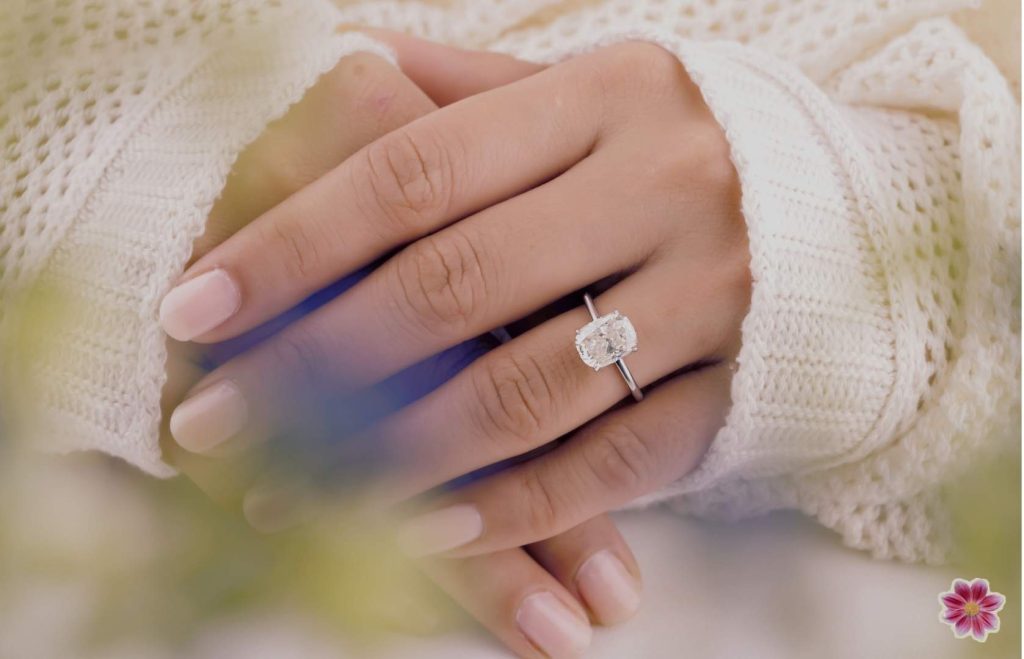Part 1- Murder Shows Aren’t an Obsession. They’re a Survival Strategy
The phenomenon of women and murder media isn’t an obsession. It’s a response. It’s the art of survival in a world that still pretends to be safe.
On April 24, 2025, Netflix dropped the final season of You, closing the chapter on Joe Goldberg’s twisted world of obsession, control, and manipulation.
But behind the binge-watching and viral memes, You taps into something deeper: the quiet survival strategies women build by consuming stories of danger.
It’s not a morbid fascination. It’s survival homework.
The Real Reason Women Watch Murder Media
Research shows that women are especially drawn to true crime stories that dig into the psychology of predators, and how victims survived (Vicary & Fraley, 2010).
Not to glorify violence, but to understand it. Not to romanticize trauma, but to recognize it early.
Because when violence is statistically likely, knowledge isn’t a luxury. It’s armor.
(See also: Emotional Survival and Other Things We Don’t Admit Wanting)
When Danger Doesn’t Shout, It Whispers
It’s not just serial killers that women prepare for.
It’s the subtle violations that stack up silently:
Microaggressions at work.
Boundary-pushing on dates.
The stranger who stands a little too close on the train.
True crime reminds women what the world often asks them to ignore:
Danger doesn’t always roar.
Sometimes it smiles first.
Murder Media as Emotional Survival
According to the World Health Organization (2021), 1 in 3 women globally experience physical or sexual violence.
In the U.S., nearly half of murdered women are killed by intimate partners (CDC, 2017).
These aren’t just shocking headlines, they’re everyday realities.
And when your safety feels negotiable, understanding the anatomy of danger becomes instinctive.
Murder media isn’t fear-mongering. It’s emotional survival. It’s refusing to be caught off guard in a world that still demands women pretend it’s safer than it is.
The Cultural Moment: Why Now?
The surge in murder media—from You, Baby Reindeer to Woman of The Hour isn’t a coincidence.
It mirrors what women already know:
Sometimes survival means smiling, assessing, escaping.
Sometimes it means studying the monster before he smiles at you.
True crime, when consumed thoughtfully, isn’t obsession.
It’s survival intelligence in a world still hostile to women’s instincts.
Ready to go deeper?
Continue to Part 2 ➔ What True Crime Actually Teaches Women About Danger
Woman of the Hour Movie : Why Survival Doesn’t Always Look Like Screaming








One Response
Very good https://is.gd/N1ikS2